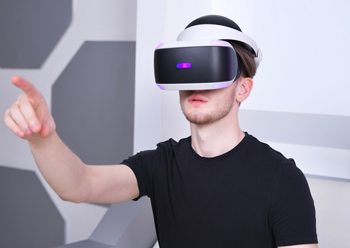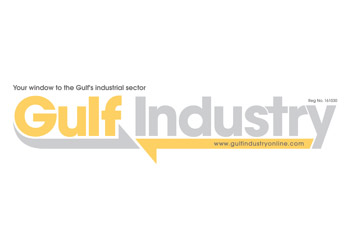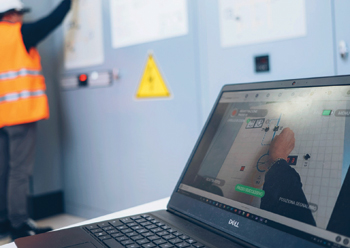
 Dr Alexander Morozov
Dr Alexander Morozov
Virtual Reality (VR) is gaining momentum, not just for video games, but within the medical world as well. Recent advancements in technologies and government initiatives have resulted in digital solutions being focused on increasingly. VR has made its way into the broader health ecosystem and is rapidly gaining attention, with the VR market projected to reach a value of approximately $184.66 billion by 2026, with a CAGR of 33.85 per cent.
TRAINING BENEFITS
Application of VR in the medical field is making it easier for professionals to conduct medical processes, educate patients and support back office processes. The key benefit of VR is to create a virtual world, and mimic real life scenarios. Users can immerse themselves into a virtual reality and additionally, be provided with a learning environment.
For instance, the healthcare sector utilises virtual reality to support various patient care initiatives, trainings, and other activities. Companies like Proven Reality are developing advanced VR solutions for healthcare that can change the way medical skill training, patient care, and autism therapy is perceived. Though the technology is still in its nascent stages, the prospect of using VR to supplement medical processes could be highly beneficial for the medical workforce in the future.
Medical skill training through simulation is one of the focal areas where we can see a great synergy between technology and healthcare. Practitioners and trainers are always seeking ways to make classroom learning more engaging, effective, and seamless. With VR training, industry experts can facilitate all of this through immersive learning experiences. Different studies reveal that people trained through VR demonstrate a higher accuracy in the medical field. Students also reported higher engagement and less anxiety over performing difficult medical tasks when learning through the virtual environment. For example, the Proven Reality Auscultation VR app enables students to practice with a range of pathologies and complications, and students can independently perform the actions necessary when listening to the heart or lungs.
On the other hand, teachers can monitor the students' activities from their PC, tablet, or smartphone and rectify their mistakes when necessary. To compare the effectiveness of heart and lung auscultation in a simulation-based environment compared to the traditional teaching methods, a study was conducted with two groups of students. Among students trained using VR technology, there was a 43 per cent improvement in recognition of lung sounds following the end of the course, as well as a 120 per cent improvement in recognition of heart sounds three months after the use of VR in training.
In addition to auscultation training, there are a wide range of training applications for medical professionals; from general medical examinations training to specialised training in diagnostic procedures, including ultrasound and endoscopy. Training with immersive technology allows students to receive real-time feedback on their decisions and enhance their knowledge retention skills. This in turn will help reduce the carbon footprint and generate better training results.
Aside from the obvious benefits of educating medical students, VR can be used for teaching the general public on healthcare matters. This prospect gained traction during the peak of the pandemic when healthcare literacy became important. Using VR to engage individuals and help their understanding of specific issues presents a range of benefits previously not explored.
VR FOR TEACHING PATIENTS WITH AUTISM
In addition to educating medical staff and general public, VR can also be used to treat people already diagnosed with medical conditions. For people with autism, technology-assisted intervention can potentially improve social and behavioural impairments among children with Autism Spectrum Disorder (ASD). The team at Proven Reality recently tested their VR application (VR headset) under the "Road crossing" project in an ASD therapy center in Europe to show the efficiency of the application in supporting children with ASD and their special needs in social and behavior skills. Significant improvement was recorded in the emotional well-being of children as some of them transferred their skills to real conditions. They approached the pedestrian crossing, called and voiced the rules of the transition. Many children who participated in remedial classes looked at the glasses more than once and showed the teacher with a pointing gesture that they would like to repeat the game during the therapy.
IT'S ONLY THE BEGINNING
VR is a growing technology and the trend of implementing this technology in healthcare will continue in the near future. With new advancements in this technology and innovative softwares launching every year, there are certain developments ahead as most companies have only just begun exploring the benefits of VR.





